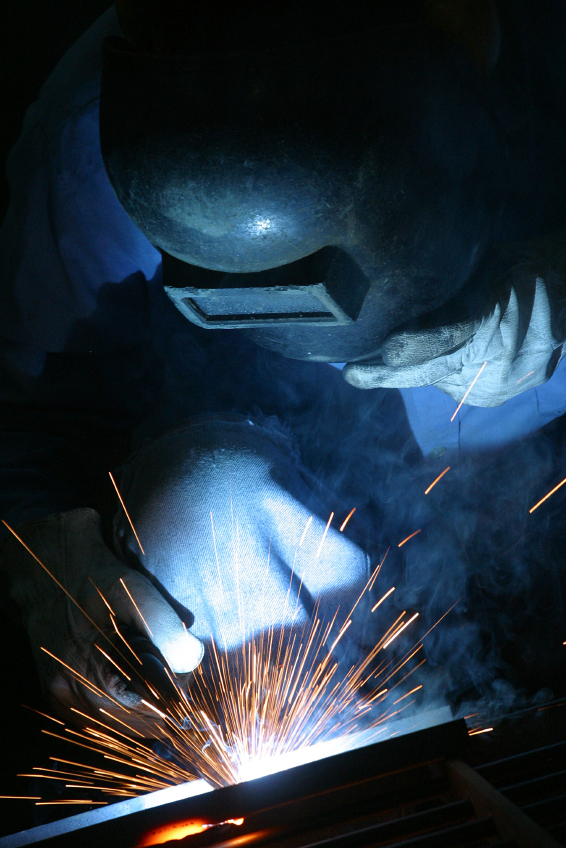Millwrights and Mesothelioma
Mesothelioma is a Conveyor Belt of Sorrow for Millwrights
You assemble, maintain, repair and dismantle fixed-based heavy equipment — everything from conveyor systems to power-generating turbines.
You also construct the foundations and base-plates upon which this equipment sits.
You’ve worked as a millwright for many years. You’ve also worked in many types of settings: factories, mines, steel mills, refineries, hydroelectric stations and processing plants.
In almost every one of those places you encountered asbestos. As a result, your risk of developing mesothelioma is moderate to high.
Your exposure to asbestos came from products and materials containing the mineral, such as:
- Compressors and pumps
- Boilers
- Gear boxes and clutches
- Valves and gaskets
- Motors and shafts
- Concrete mix
Makers of these began incorporating asbestos into them as far back as the dawn of the Industrial Age. They did so to contain the extremely high temperatures created by fixed-based heavy equipment components in operation.
Without asbestos, heat-producing components would cause irreparable damage to the system and pose a fire hazard. Asbestos also made the materials used in the construction of the heat-producing components much stronger.
Asbestos Exposure Can Cause Mesothelioma

They were built to last. And with your help over the years they have lasted a good long time.
So whenever you today work on an older system to perform maintenance, modifications, repairs or disassembly, there is the danger that you will become further exposed to asbestos.
You become exposed to that asbestos by applying force to things containing the mineral.
For example, say you need to trim an asbestos gasket cannibalized from a mothballed boiler so that it will fit a smaller boiler currently in use. When you cut into the gasket, you release asbestos into the air — the same air you’re breathing.
Asbestos also gets into the air when you take any asbestos-containing part and grind it, put it on a lathe, drill into it, hit it with a ball-peen hammer, clamp it in a vise, or glide a rasp file over a rough edge.
This airborne asbestos then finds its way inside your body. It usually enters through your nose. Sometimes it enters through your mouth.
If by nose, the asbestos will be drawn into your lungs. If by mouth, it might also be drawn into your lungs. But the mouth is also an avenue to your stomach and intestines.
Asbestos in the lungs produces mesothelioma on the lining that separates the outside of the lungs from the inside of the chest wall. Asbestos in the intestines produces mesothelioma on the lining of the abdominal cavity.
It takes many years for asbestos to trigger mesothelioma. But when it does, the cancer advances with frightening speed.
Union Fighting to Keep Members Healthy
Many millwrights belong to the United Brotherhood of Carpenters and Joiners of America, which has a division exclusively geared to the interests and concerns of millwrights.
Both the UBC and UBC/Millwrights are committed to keeping you out of harm’s way — and that includes harm resulting from asbestos exposure.
With this goal in mind, the union has set up training programs to help members learn how to be safe should asbestos be encountered on the job. The information offered is invaluable. Contact the union for more details.
Meanwhile, contact a mesothelioma-specialized doctor for more details about this vicious cancer. Arrange for a full examination to see whether mesothelioma has already put its tentacles into you.
Catching mesothelioma at the earliest possible stage of development is essential to slowing its relentless march and extending your life.
